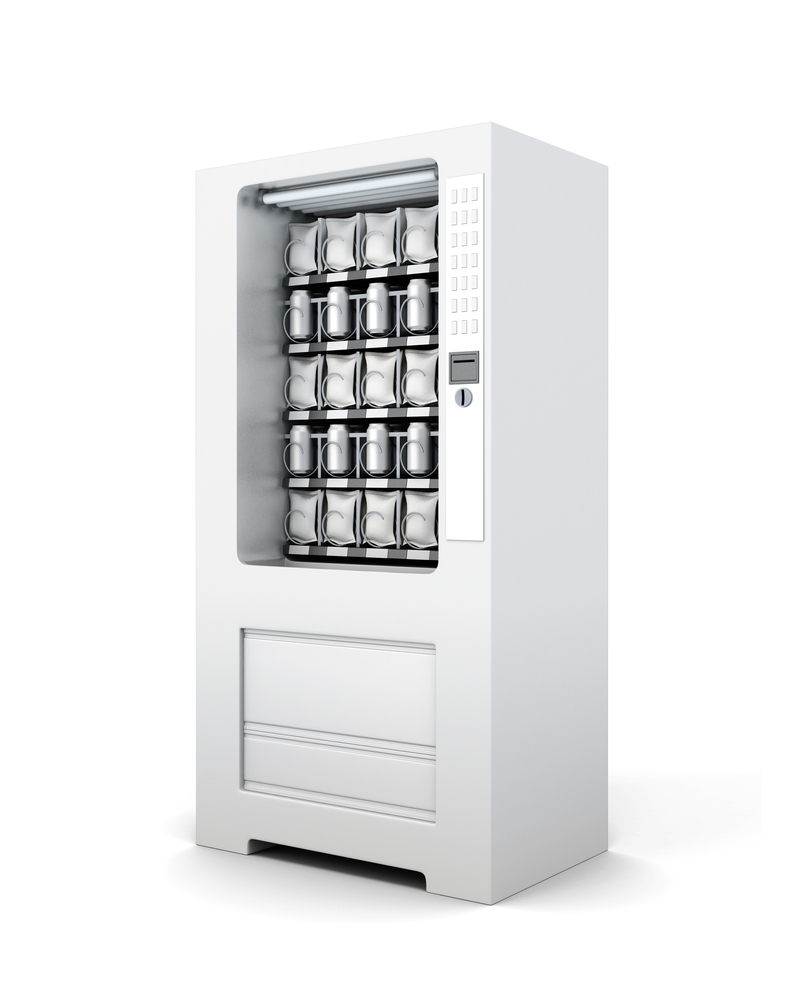One of those tricky items that homeowners and business owners are sometimes faced with is how to move that vending machine. This may be a vending machine for an office move or a vending machine you keep at home for visiting clients, the kid’s friends, or for a fun addition to your basement game area.
Since these are so heavy and bulky, you’ll definitely want to hire a professional moving crew to get it out of your home or office safely and transported to your new location without damage. Take a look at what to expect with the vending machine move, how to prep it before the move, and what your movers will have to do to get the job done.
Why it’s such a challenge to move
Vending machines are something you wouldn’t normally think about moving but sometimes it has to happen. You’ll definitely need a crew of people to handle the job because it wouldn’t take much to damage this machine.
You usually head to the vending machine to grab an afternoon snack and don’t put much thought into filling it or maintaining it, but these heavy duty machines need to be cleaned, maintained, and sometimes relocated. You don’t want to hurt the machine or worse, hurt yourself, so be sure to hire a professional staff to handle the job.
How to prepare the machine for moving
The vending machine likely weighs between 400-900lbs empty and is much too heavy to do solo or without proper equipment. You’ll want to ease the weight by emptying the machine of treats and money inside before the movers arrive. They will arrive with multiple movers, the proper equipment, and a plan in place to transport the machine safely. Trained professionals will be able to avoid damaging the machines or hurting themselves by taking proper precautions.
Equipment and the actual move
Your movers will likely arrive with a pallet jack, screwdrivers, furniture blankets, and enough men to move it. The pallet jack is a forklift tool that allows you to any heavy item like a vending machine. The furniture blankets will protect it and the truck during the move or going through hallways and stairways in the home.
The movers will arrive in proper attire for the move to avoid injury and then will measure the machine and the exit routes for the move. If necessary, the doors can be removed to make sure the route is going to be big enough, a trick often used with large furniture move.
Since the vending machine is empty of drinks, snacks, and money, it will be much easier to move and less likely to have a liquid spill or food explosions inside. The power cord will be secured to avoid a trip and fall, whether it’s put inside a special compartment or taped to the upper part of the back panel.
The movers will wrap it in furniture blankets in case it hits anything along the way. The pallet jack will be lowered to the lowest position for the machine to be set on it and then it will be raised from the ground. The machine can’t be placed on its back or side if it has a refrigerator inside. Fortunately, having other movers will help keep the machine stabilized as it’s raised off the ground and moved to the next location.
The best thing you can do for your vending machine move is called a professional moving service to handle the job. It’s the best way to ensure there is no damage to the machine, the building it’s moving from, the new home, or anyone helping to move it.





